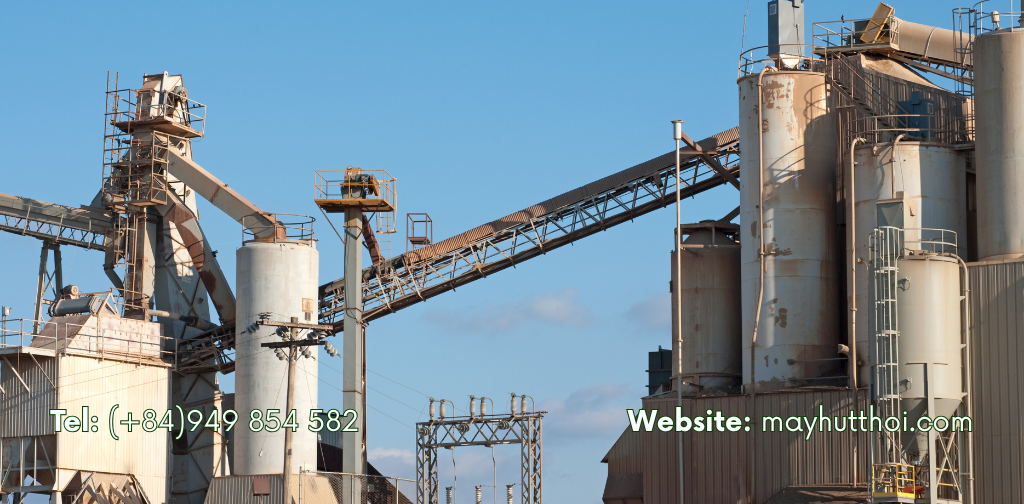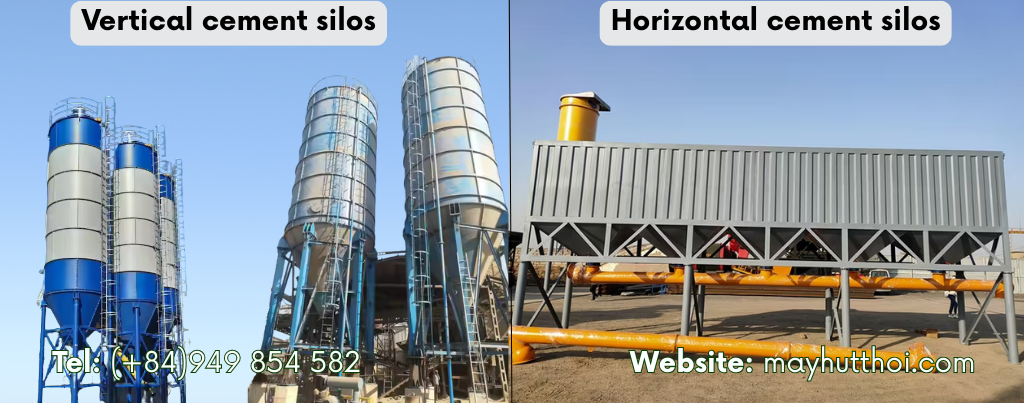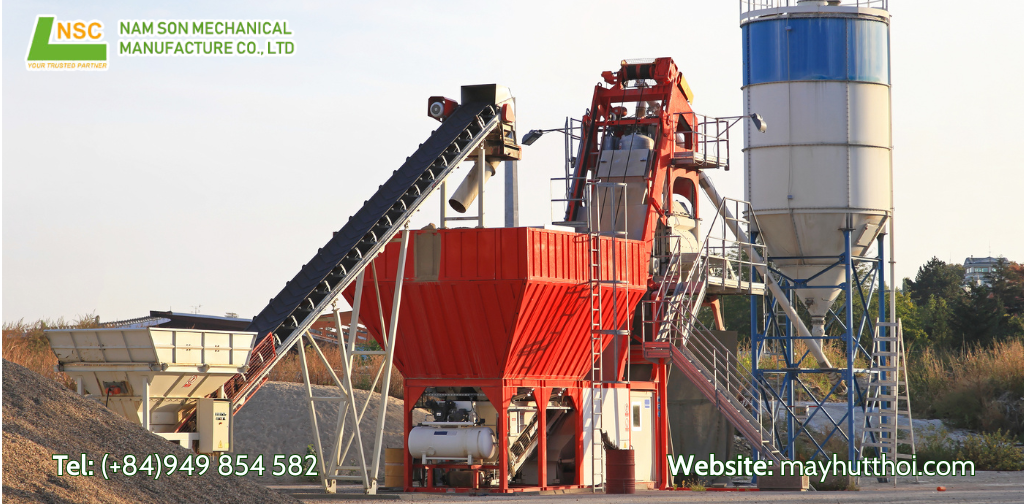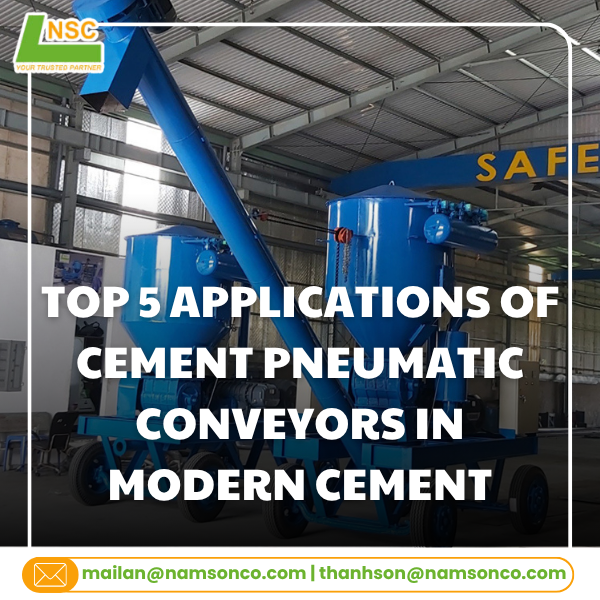Designing a cement silo is not just about building bigger; it’s about building smarter. A well-planned cement silo design can dramatically increase storage efficiency, extend silo durability, and minimize maintenance costs. By choosing the right structure, optimizing cement silo dimensions, and integrating modern features such as silo aeration systems, smart silo technology, and eco-friendly dust-free designs, businesses can achieve greater capacity without investing in larger silos. Whether you rely on steel cement silos for strength or modular cement silos for flexibility, small design improvements can deliver significant savings. In this guide, we’ll share 7 proven cement silo design tips to help you maximize performance, ensure long-term reliability, and boost storage capacity without extra cost.
Introduction
In the construction and building materials industry, optimizing
cement silo design plays a crucial role. A silo system is not just a storage container; it directly impacts operational efficiency, project durability, and maintenance costs. More importantly, the question many companies face is: How to increase cement storage capacity without investing extra cost?
This article introduces
7 practical cement silo design tips that help boost storage efficiency, maximize performance, and minimize expenses.
SEE MORE:
The role of cement silo storage in modern concrete production

7 cement silo design tips to increase storage capacity without extra cost
An effective
modern cement silo design is not simply about building a larger silo. Instead, it’s about designing smarter, making full use of space, materials, and technology to optimize every detail. Companies can achieve higher storage capacity without expanding land area or building additional facilities.
From choosing between a
steel cement silo and a
concrete cement silo, calculating
cement silo dimensions, applying
smart silo technology, to scheduling proper maintenance, each factor directly affects storage capacity and silo lifespan.
The following seven tips will highlight key aspects of
bulk cement storage system optimization, offering cost-effective and sustainable solutions for every project.
Tip 1: Choose the optimal silo structure
One of the most important steps in
cement silo design is selecting the right structure. The two most common options are
vertical cement silo design and
horizontal cement silo design:
✤ Vertical cement silo: Ideal for limited land area projects, utilizing vertical space to maximize storage capacity.
✤ Horizontal cement silo: Better suited for mobile or temporary projects due to easier transport and setup.
Material selection is another key factor:
✤ Steel cement silo: Offers high durability, stronger load capacity, and flexibility for various applications.
✤ Concrete cement silo: More suitable for long-term, permanent construction projects.
Combining a detailed
cement silo blueprint with
silo structural analysis ensures the design maximizes capacity while staying cost-efficient and safe.

Tip 2: Maximize capacity through proper dimensions
The storage performance of a
silo is determined by the cement silo dimensions and cement silo capacity. Without proper calculation, space can be wasted or overfilled.
Effective approaches include:
✜ Using standard capacities such as 50-ton cement silo, 100-ton cement silo, and 200-ton cement silo for predictable performance.
✜ For large-scale projects, modular cement silo designs allow expansion without rebuilding new structures.
✜ In special cases, customized cement silo design provides tailored solutions that fit specific site requirements.
By selecting the right dimensions and capacity, companies can increase storage efficiency without spending extra costs.
Tip 3: Integrate efficient equipment and accessories
A modern silo system is incomplete without essential equipment and accessories. These components improve both safety and capacity utilization.
Examples include:
∘ Silo discharge system: Facilitates fast, smooth cement unloading while preventing blockages.
∘ Silo aeration system and
silo filter system: Maintain airflow, reduce pressure, and ensure material flow efficiency.
∘ Cement silo ladder design and
silo safety valve design: Improve worker safety and silo reliability.
Properly installed
cement silo accessories minimize material loss, preserve cement quality, and extend silo lifespan.

Tip 4: Smart transportation & installation solutions
For mobile or short-term projects, mobile cement silo and portable
silo provide flexible and cost-effective options. They are easy to transport, assemble, and disassemble on-site.
Additional methods include:
∎ Prefabricated silo assembly: Pre-built parts manufactured off-site for quick on-site installation.
∎ Quick installation silo: Streamlined designs reduce setup time and labor costs.
∎ Cement silo foundation design: Ensures a stable base, allowing for higher storage capacity without compromising safety.
Smart installation solutions save cost and time while enhancing storage performance.
Tip 5: Leverage modern silo technology
The future of
modern cement silo design lies in integrating technology for better efficiency and management.
✸ Smart silo technology uses sensors to track cement levels, temperature, and internal conditions.
✸ Cement silo automation allows automated loading/unloading, reducing manual errors and labor.
✸ Cement silo monitoring system and
IoT-enabled silo enable remote management and predictive maintenance.
✸ Eco-conscious designs, such as
eco-friendly silo design and
dust-free silo design, protect the environment and reduce material loss.
By leveraging advanced technology, companies can increase actual storage capacity without expanding silo size.

Tip 6: Prioritize safety and regular maintenance
A silo delivers maximum benefits only when operated safely and maintained regularly.
⁺
Cement silo safety design ensures smooth operations while preventing accidents.
⁺ Routine inspections using a
silo inspection checklist, followed by timely
cement silo repair and
silo cleaning system, help maintain capacity.
⁺ Preventive measures like
silo explosion prevention, combined with ensuring
cement silo durability, safeguard both people and assets.
Proper safety measures and scheduled maintenance extend silo lifespan and optimize usable capacity.
Tip 7: Work with reliable manufacturers and experts
To achieve the best results, companies should collaborate with trusted
cement silo manufacturers and experienced
silo engineering companies.
⋄ Professional cement silo design services deliver tailored solutions aligned with project needs.
⋄ A reliable industrial silo provider offers not just products but also long-term technical support.
⋄ Evaluating cement silo price, cement silo cost, and available cement silo for sale ensures a balance of quality and affordability.
Expert guidance is the simplest way to maximize silo storage capacity while avoiding unnecessary expenses.
Conclusion
The seven tips above demonstrate how to optimize
cement silo design to
increase storage capacity without additional cost. From selecting the right structure, maximizing dimensions, using smart technology, to ensuring safety and partnering with reliable suppliers, each step contributes to long-term efficiency.
In today’s competitive environment, having a
silo storage solution that is smart, durable, and cost-efficient provides a clear advantage.
SEE MORE: Top 5 benefits of using a modern cement silo system
Contact us today for tailored advice and to implement the most effective modern cement silo design for your project.
CONTACT US






